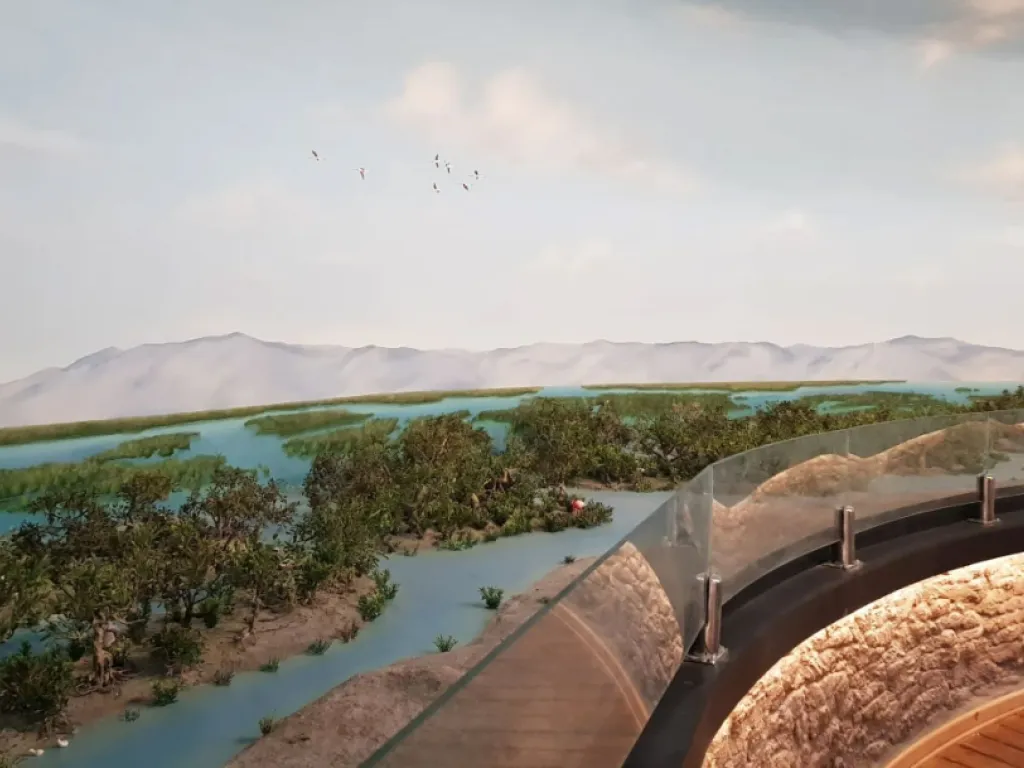
Geopark Building
About Geopark Building
The Mangrove Forest Museum is located in a building belonging to the Qeshm Global Geopark near the recreational pier of Soheili Village.
Based on studies, this museum showcases everything related to the mangrove forest ecosystem for visitors.
Establishing this specialized museum on mangrove forests significantly enhances education, protection, and conservation efforts for these forests.
The ground floor of the building includes a handicrafts and local souvenirs shop, considered a geo-product store in terms of geotourism.
On the first floor, the mangrove forest is displayed using visual arts. The museum features the mangrove forest in the muddy habitat of the Khorkhoran area, with bird locations mapped.
Additionally, a sundial registered on the global list of unique sundials will be displayed in the museum grounds.
The establishment of the Mangrove Forest Museum plays a crucial role in attracting more tourists to the coastal village of Soheili in Qeshm. It also helps raise local community awareness about the importance of the mangrove forest, significantly aiding the protection of this natural ecosystem as a biosphere reserve by the indigenous people.
At certain times of the year, due to weather conditions, tourists cannot explore the mangrove forests of Qeshm. During such times, visiting the Mangrove Forest Museum offers an alternative way to experience this unique ecosystem.
The mangrove forest in Soheili Village, Qeshm Island, Hormozgan Province, is one of the country’s most astonishing natural attractions, drawing many domestic and international tourists annually.
Around Qeshm Island, Bandar-e Pol, Hormuz Island, and Bandar Khamir, lush mangrove forests with waterways, beautiful birds, and pristine wild nature are important tourist sites in Hormozgan Province, attracting many visitors each year. Mangrove plants originated during the Eocene and Oligocene periods, about 30 to 40 million years ago.
Mangrove forests are among the most extraordinary natural phenomena in the world. These trees live in tidal areas and use salty water. Remarkably, much of them is often submerged under salty seawater yet continues to survive.

